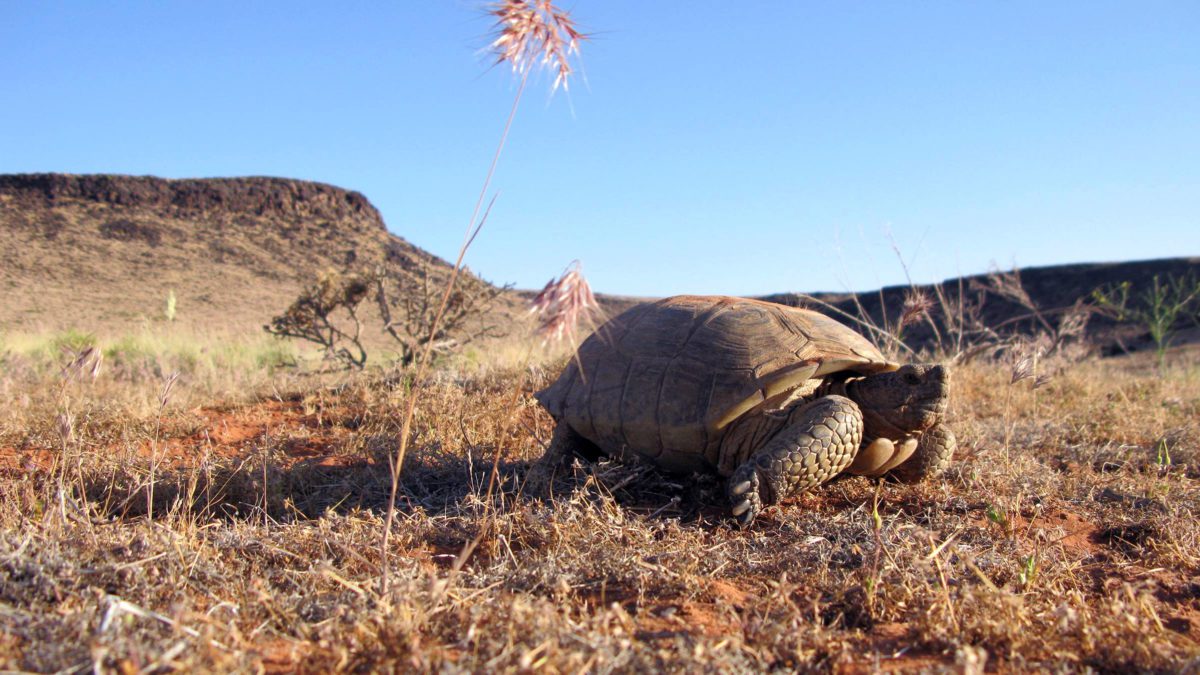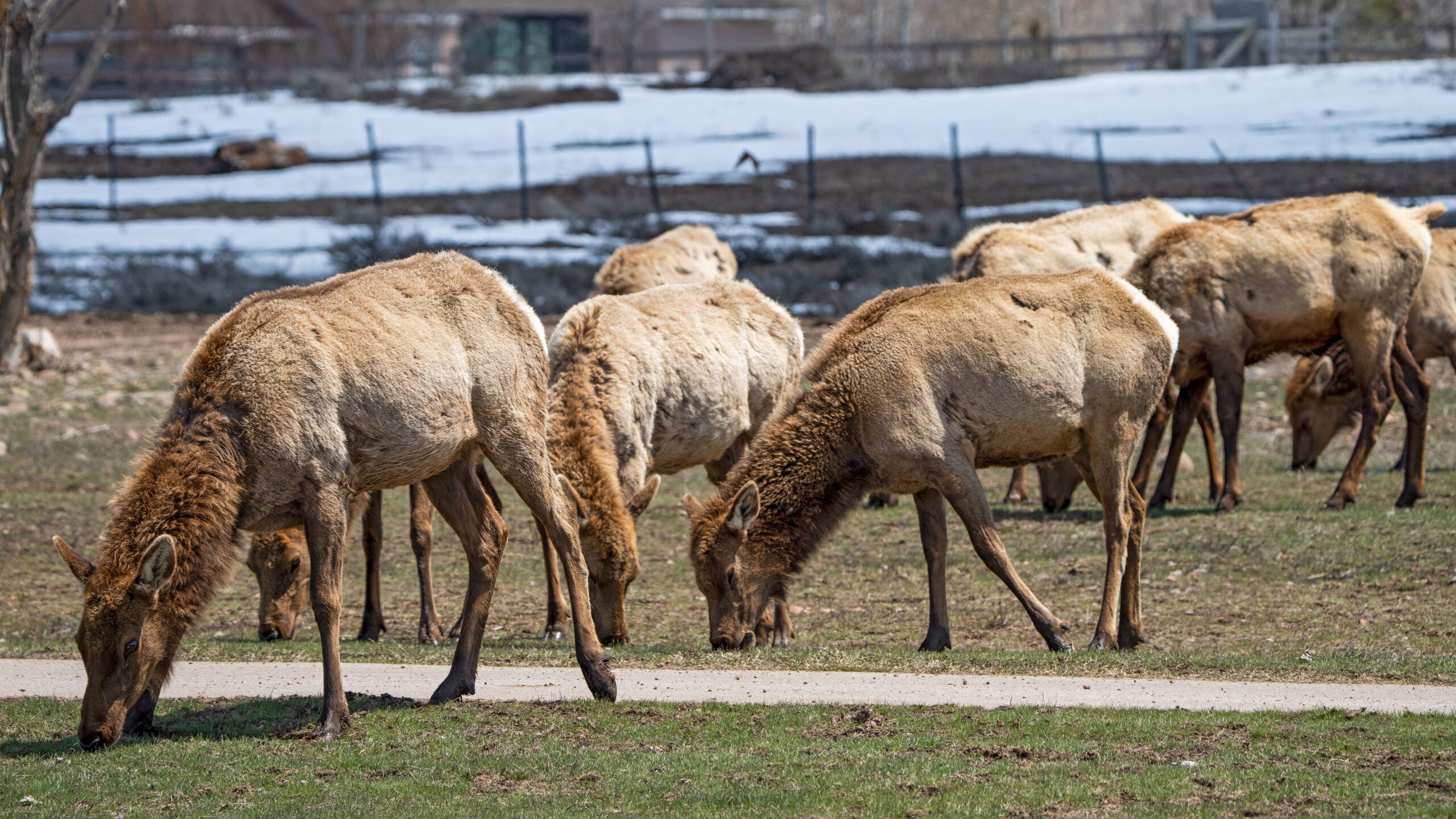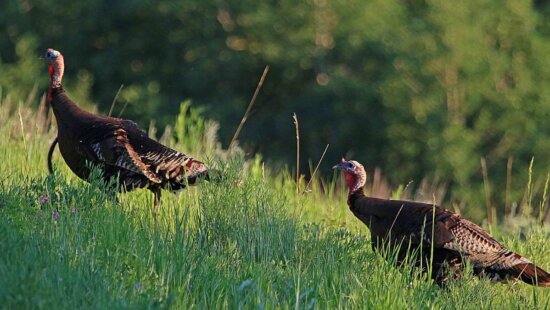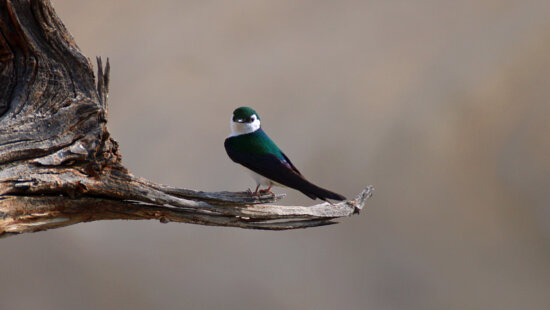Wildlife
How Utahns can help the state’s endangered species

The Mojave desert tortoise is currently listed under the Endangered Species Act. Photo: DWR
SALT LAKE CITY — Friday, May 20 is National Endangered Species Day, providing a great opportunity to learn about the programs that are helping some of Utah’s endangered and threatened species to recover.
Currently, there are 17 wildlife species in Utah on the Federal Endangered Species List, with eight listed as endangered and nine listed as threatened. Fortunately however, several of those species have made remarkable progress in recent years.
An endangered species is any species that is at serious risk of extinction in a specific area or throughout all of its natural habitat. A threatened species is any species that is likely to become an endangered species in the foreseeable future throughout much or all of its habitat. A species is classified as a species of greatest conservation need in the Utah Wildlife Action Plan if it is a threatened or endangered species or a species that needs some level of conservation attention.
The U.S. Fish and Wildlife Service (a federal agency) has jurisdiction over adding species to the threatened and endangered species list. The Utah Division of Wildlife Resources (a state agency) has jurisdiction over including species in the Utah Wildlife Action Plan.
Since 2001, the DWR and other partners have helped prevent 20 wildlife species from being listed as endangered and threatened through conservation efforts guided by the Utah Wildlife Action Plan. The following is a list of the programs that help with those efforts:
Endangered Species Mitigation Fund
The Endangered Species Mitigation Fund was created in 1997 by the Utah Legislature to provide funding to help with the recovery of Utah species on the Endangered Species Act list. The funds are also allocated for proactive conservation efforts and projects that help prevent additional species from being listed under the Endangered Species Act.
“Our vision with the Endangered Species Mitigation Fund is to effectively manage our native species to maintain healthy populations and keep their management under state control,” DWR Assistant Habitat Chief Paul Thompson said.
The funds from this program are used in three ways:
- To provide the state’s contribution for endangered species recovery programs
- To provide a state match for federal grants that fund the implementation of the Utah Wildlife Action Plan
- To fund projects that provide species-specific information that direct effective management, help maintain or improve native species’ habitats and also alleviate threats to those native species
Since the Endangered Species Mitigation Fund was established nearly 25 years ago, it has funded more than 750 conservation projects with funding from the Endangered Species Mitigation Fund and partner contributions totaling roughly $200 million.
Utah Wildlife Action Plan
The Utah Wildlife Action Plan was first launched in 2005 as a way to identify the species in the state in need of conservation attention (species of greatest conservation need). The plan is updated every 10 years, so the next revision will occur in 2025. The plan is a requirement for Utah to receive federal funding (through a grant) for native species conservation in Utah.
While the DWR has management authority over fish and wildlife species in the state, the plan also includes plants and insects in need of conservation efforts. Currently, there are 169 species in Utah that have been identified as species of greatest conservation need in the plan.
The DWR and its partners work to help those species recover by protecting, enhancing and occasionally expanding their available habitat, while also working to reduce the factors leading to their decline.
“There are many factors that have contributed to all wildlife declines, including the loss or fragmentation of habitat, the introduction of invasive species and the impacts from climate change such as reduced water and large, catastrophic wildfires,” Thompson said. “Effective management of our native wildlife populations will provide future Utah generations the opportunity to enjoy our diverse and unique species and allow our state to continue to experience a healthy and robust economy without the regulatory oversight that comes with ESA listed species.”
Ways to help native wildlife species in need
There are several ways that people can help Utah’s species of greatest conservation need.
- Take good photos of any native species you may see throughout Utah.
- Include the GPS coordinates of where you saw the species.
- Upload that information to community science websites and apps like iNaturalist and eBird.
- Join a community science program to help conduct wildlife surveys with conservation organizations like Utah’s Hogle Zoo or Sageland Collaborative.
“Community science data is critical in helping us better understand how abundant a species is, or where some of these lesser-known or more secretive species are located in Utah,” Thompson said. “There are many more community scientists in the world than trained biologists, so the more eyes we have looking for these rare species, the better we will understand if they are truly rare or just difficult to observe. More information leads to better management and conservation efforts.”




















